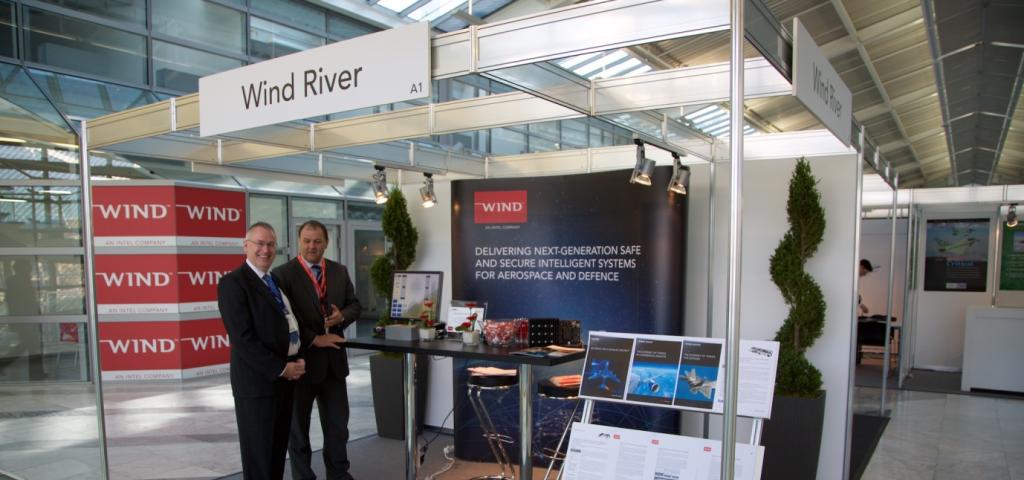
Aviation Electronics Europe 2016

Recently, I attended the Aviation Electronics Europe 2016 conference, which was held in Munich again after the successful conference in 2015.
The theme of this year’s conference was ‘International Avionics Challenges – Integrating the Single Sky’, and there were a number of presentations about the advances in aeronautical communications, navigation and surveillance systems (CNS) to enable air traffic management to be delivered safely and efficiently.
One presentation which has really stuck in my memory was given Federic Belloir on the Airbus A350XWB RNP AR architecture (Required Navigation Performance with Authorisation Required). This state-of-the-art navigation system is accurate to 0.1 nautical miles, and was demonstrated using a video of an A350XWB performing an approach to Queenstown airport in New Zealand through the mountainous surround region in dense cloud. This really emphasized to me how the latest avionics systems are enhancing navigation in adverse conditions and contributing to flight safety.
Another key conference theme was standardization and certification, and a number of presentations provided updates on harmonization of international avionics standards, including EASA’s approach to incremental certification of integrated modular avionics (IMA) systems. This was particularly significant because IMA systems have now been widely deployed, and programmes now want to update existing applications and add new applications to IMA platforms, and want to ensure that incremental certification process enables them to focus their efforts on the change rather than having to re-certify the whole IMA platform.
I presented a paper ‘The Challenges of Developing Embedded Real-Time Aerospace Applications on Next Generation Multi-core Processors’, which discussed the issues surrounding multicore processor selection for both federated and integrated modular avionics applications, and also included fast boot on Intel architecture for avionics applications.
The conference also focused on Cyber Security and the e-Enabled aircraft, and included a presentation by my colleague Alex Wilson on the strategies and security architectures that organisations can employ to securely connect their aircraft as part of their Internet of Things (IoT) strategy. I thought it was significant that some of the discussions at last year’s conference were about the concept of the e-enabled aircraft, whereas this year some of the discussions this year were about implementation approaches. How long will it be before we see presentations of deployed architectures for e-enabled aircraft at a future conference?



